An inverted roof construction involves placing the waterproofing layer below the insulation instead of above it. Unlike other forms of roofing, this helps keep the roof membrane at a consistent temperature and protects it from extremes of weather, such as frost, UV exposure and rapid temperature fluctuations. To construct a roof this way, the insulation used must be able to resist water absorption, have excellent thermal properties and be unaffected by freeze and thaw cycles.
Extruded polystyrene XPS foam meets all these requirements, making it the ideal choice for inverted roof constructions. XPS foam boards are loose-laid on top of the waterproofing layer and below paving slabs, gravel ballast or soil in the case of a green (vegetative) roof. Inverted roofs offer a range of benefits over traditional roof constructions, explored in greater detail below.
1. Increased Durability and Lifespan
Cold and warm roof constructions are both traditional roof building approaches. In a cold roof construction, the insulation layer is placed below the structural deck. This creates the risk of condensation, which can be mitigated by adding a ventilated airspace above the insulation. However, this is unsuitable for temperate, humid climates. A warm roof construction involves placing insulation above the structural deck and below the waterproof layer, reducing the risk of condensation. However, the waterproof layer is still exposed to temperature fluctuations due to its thermal isolation from the rest of the roof construction, increasing the likelihood of degradation and premature failure.
An inverted roof construction solves both these issues by placing XPS foam above the waterproof layer, ensuring it is kept at a consistent temperature similar to the building interior. This also protects it from UV radiation, weathering and mechanical damage during the construction process and maintenance work. By protecting the waterproof membrane, the roof is more durable overall and has a much longer lifespan.
2. Reduce Costs Over the Roof’s Life
Roofs are a significant investment and how well they function has a big impact on the rest of the building. The potential cost-savings of an inverted roof are massive because of how much longer they last compared to traditional ones. Deferring a roof replacement by 10 years can save hundreds of thousands of dollars.
Inverted roofs also have significantly lower maintenance costs because the XPS foam layer protects the roof membrane from mechanical damage and weather. This enhanced durability, combined with the much lower annual energy costs offered by the thermal performance of XPS foam, can reduce total costs over the lifespan of a roof by up to 22 percent.
3. More Eco-Friendly
The cost savings an inverted roof offers through energy efficiency and longer life are also beneficial for the environment. A well-insulated, long lasting roof means less energy use for decades, drastically reducing the carbon footprint of the entire building. Since materials like the ballast and XPS foam are loose-laid in an inverted roof design, they are much easier to reuse at the end of the building’s life, meaning less landfill.
An inverted roof design also offers the opportunity to create a green roof, terrace or garden on top of the building. This provides further insulation and reflects less of the sun’s energy back into the atmosphere, alleviating the urban heat island effect and reducing contributing to global warming. Having a green roof also benefits local wildlife, helping to protect biodiversity in urban areas.
4. Protects Roof Membrane Against Thermal Shock
In a traditional roof construction, the waterproofing layer (roof membrane) is subjected to the full onslaught of weather and the insulation is sandwiched between two membranes that creates a water trap. Rain, sun, snow, hail and condensation all reduce the functional lifespan of the membrane. However, thermal shocks from temperature changes are among the most important factors contributing to early ageing and fatigue for waterproofing membranes.
The waterproofing layer in an inverted roof construction is protected from such thermal shocks and acts as a total vapour control layer. Since it’s on the warm side of the insulation, it is kept above dew point temperature, minimising the risk of condensation. The reverse layer design means the life span of built-in waterproofing can be several times higher than if those exposed to weather.
5. Better Stormwater Management
Stormwater is having an increasingly drastic effect on urban environments as, with rainfall overwhelming drainage systems in cities that are expanding and increasing in density. This results in overflow polluting local waterways and damaging infrastructure. An inverted ballast or green roof construction can help manage stormwater better by absorbing rainfall and reducing runoff. Green roofs typically retain between 40 and 90 percent of storm water runoff from the roof. This has environmental benefits as well as reducing stress on the building’s drainage system.
Technonicol XPS Foam – Ideal for Inverted Roof Insulation
Technonicol’s Carbon XPS foam insulation range comes in a variety thicknesses and compressive strengths to meet the demands of almost every application, including inverted green roofs on large domestic, commercial and industrial buildings.
At Plastek, we have extensive experience consulting and supplying these XPS foam insulation products, helping to optimise projects by providing the ideal solutions. We can recommend the right Carbon XPS foam insulation product for your specific project, ensuring a functional and high performance solution for your building.
Related Questions
Why is XPS foam insulation used for inverted roofs?
Inverted roofs are only possible by using XPS foam insulation because they feature a closed-cell construction, meaning there are no tiny gaps between the polystyrene cells. This makes them impervious to water and durable enough to withstand exposure to the environment as well as the weight of human footfall and plant life if used in a green roof construction.
How long does an inverted green roof last?
An inverted green roof can last up to 50 years or longer depending on how it is maintained. With XPS foam insulation protecting the roof membrane, the life of a roof is extended by two or three times beyond its typical lifespan
Can an intensive roof design support a rooftop terrace?
Yes, intensive roof construction is ideal for creating highly functional and economical rooftop terraces so you can fully utilise rooftop real estate for human activities.
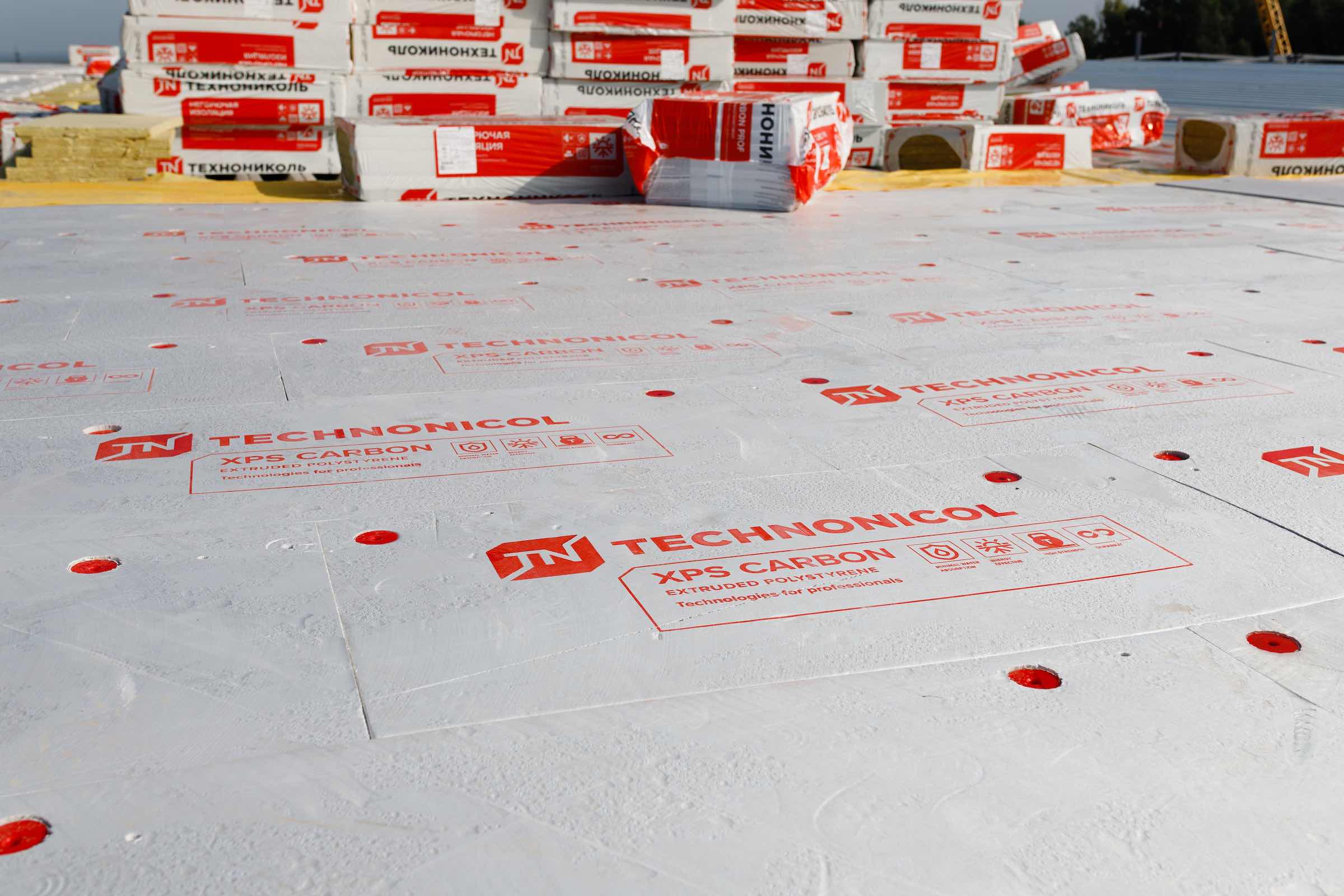

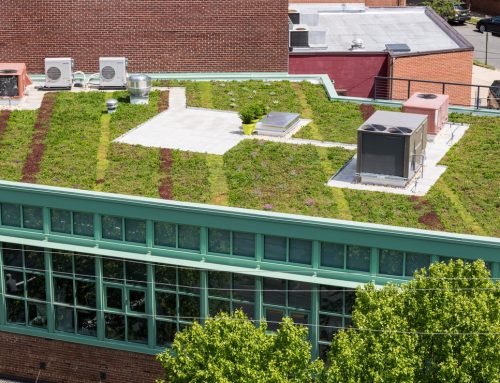
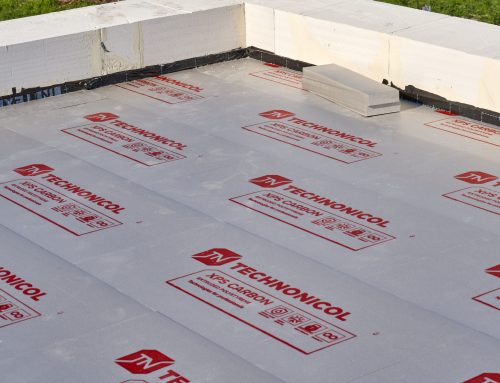
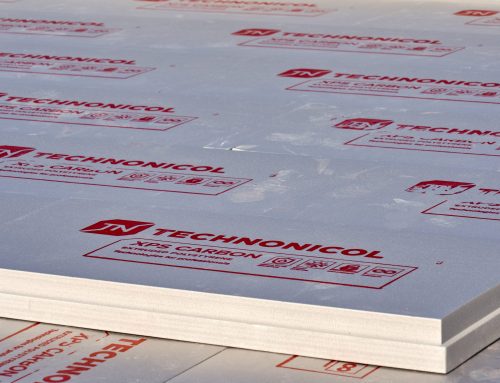
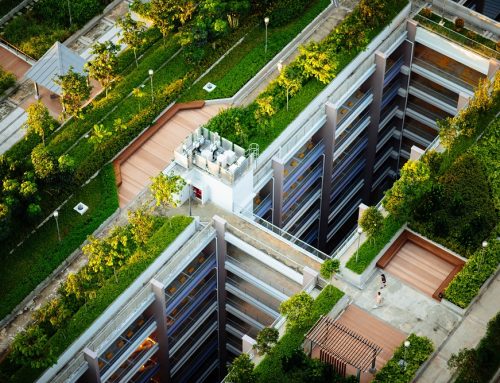
Leave A Comment